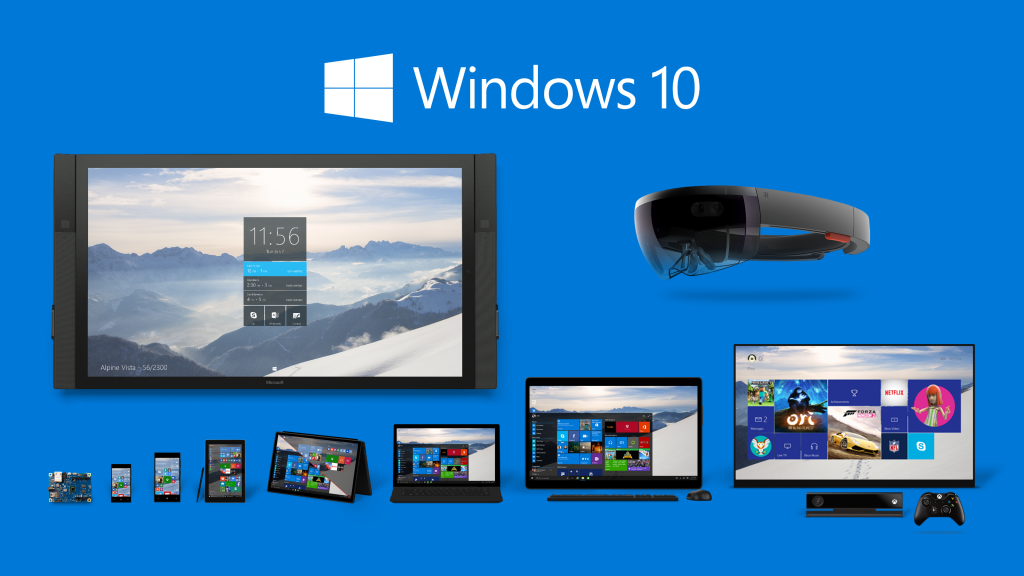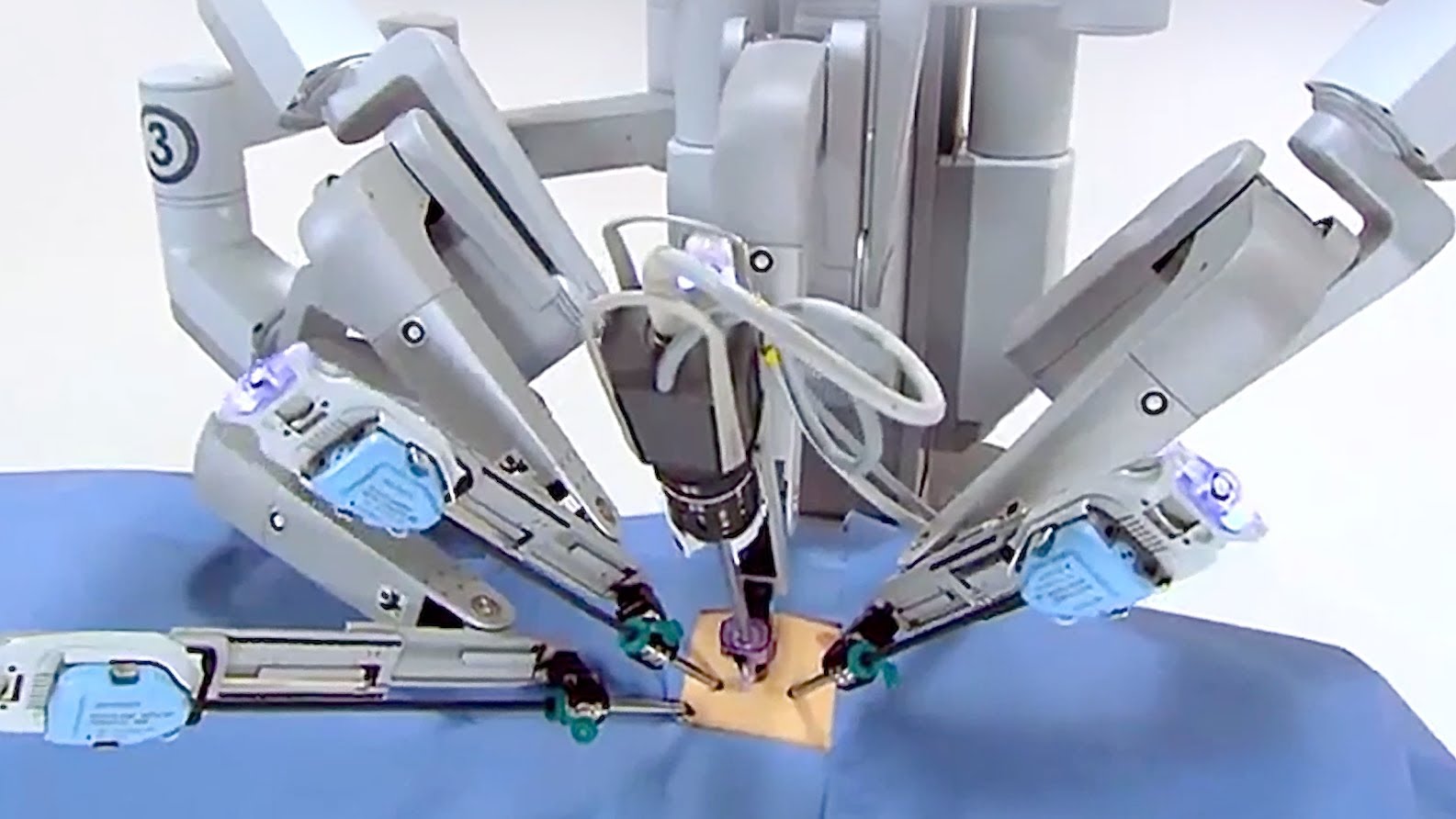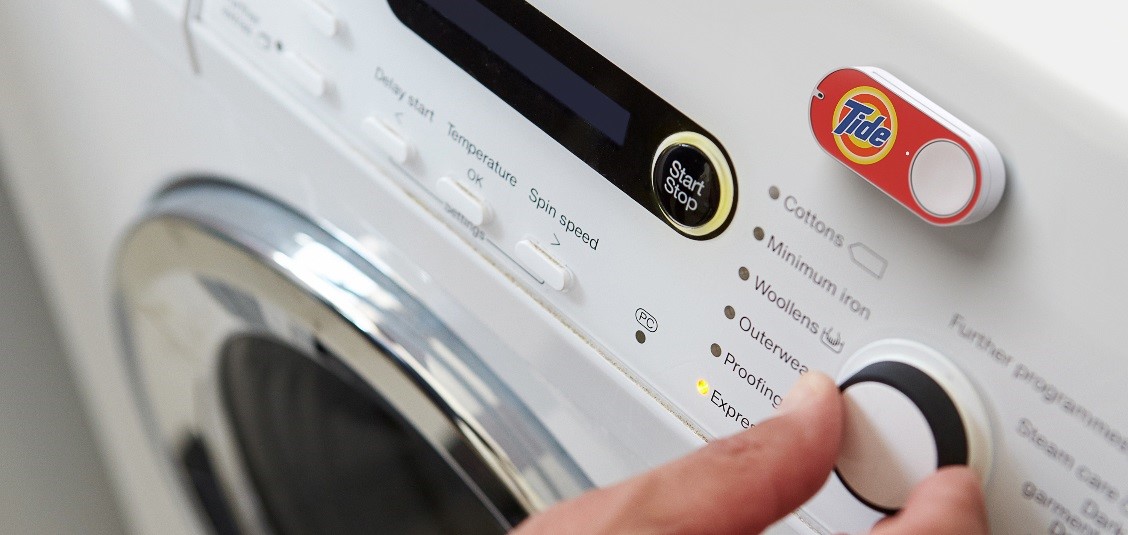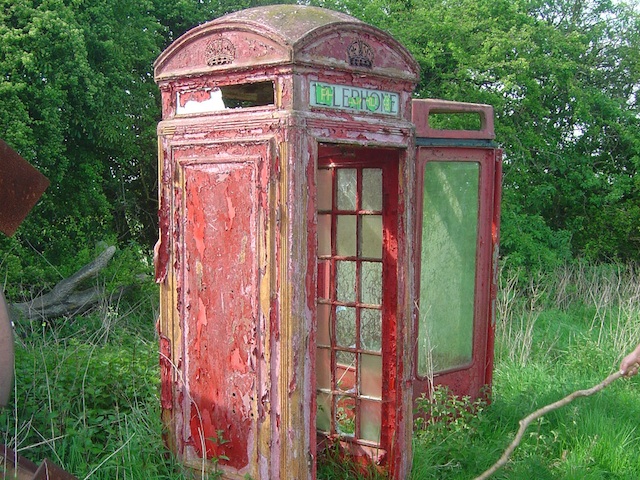Are beacon technologies being overhyped? Some industry experts believe they are in the retail sector.
This week’s Netsuite Suiteworld conference had a heavy focus on the retail industry and one of the points being strongly made is that beacon technologies are a long way from prime time in the sector.
A reason for this is the current clunkiness of beacon driven apps points out Miya Knights, Senior Research Analyst of IDC Retail Insights, “customers have to go through the rigmarole of downloading apps, accepting permissions and so on. It’s too hard.”
One of the answers to this could be in creating compelling reasons to install the app, at the eBay Innovation Showcase last year the company showed off some of the potential with how a connected sports stadium could make ticketing easier while improving access to food and drink concessions.
However for many stores Knights’ point is going to remain a problem as creating a value proposition that encourages time and attention poor customers to enable apps will be difficult.
On the other hand, it may well be that beacon technologies are currently better suited in being used for the business operations in roles such as stock control and point of sale systems.
For the beacons themselves it’s likely we’re seeing the hype cycle in action with the technology grinding its way to The Peak of Inflated expectations.
Should it be the case that beacons could be about to become unfashionable, then we’ll start to see the technology find its industrial role.




